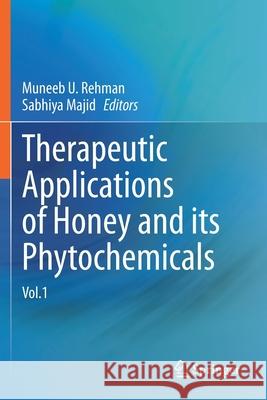Therapeutic Applications of Honey and Its Phytochemicals: Vol.1 » książka
topmenu
Therapeutic Applications of Honey and Its Phytochemicals: Vol.1
ISBN-13: 9789811568015 / Angielski / Miękka / 2021 / 416 str.
Therapeutic Applications of Honey and Its Phytochemicals: Vol.1
ISBN-13: 9789811568015 / Angielski / Miękka / 2021 / 416 str.
cena 928,04
(netto: 883,85 VAT: 5%)
Najniższa cena z 30 dni: 886,75
(netto: 883,85 VAT: 5%)
Najniższa cena z 30 dni: 886,75
Termin realizacji zamówienia:
ok. 22 dni roboczych
Bez gwarancji dostawy przed świętami
ok. 22 dni roboczych
Bez gwarancji dostawy przed świętami
Darmowa dostawa!
Kategorie:
Kategorie BISAC:
Wydawca:
Springer
Język:
Angielski
ISBN-13:
9789811568015
Rok wydania:
2021
Ilość stron:
416
Waga:
0.58 kg
Wymiary:
23.39 x 15.6 x 2.16
Oprawa:
Miękka
Wolumenów:
01
Dodatkowe informacje:
Wydanie ilustrowane











